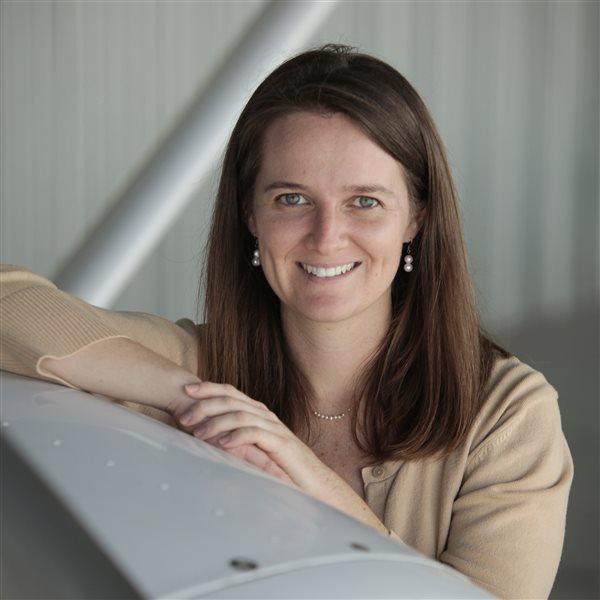FAA faces ‘programmatic challenges’ with NextGen
AOPA concerned about 2020 ADS-B mandate
The FAA’s “lack of an executable plan, unresolved technical issues, and ineffective collaboration with industry,” are “programmatic challenges” to moving toward the Next Generation Air Transportation System (NextGen), the Assistant Inspector General for Aviation Audits Matthew Hampton testified June 25 during a hearing on NextGen before the Senate Committee on Commerce, Science and Transportation’s Subcommittee on Aviation.
Hampton also testified that the “FAA continues to face technical, cost, and schedule risks with its efforts to modernize or replace air traffic control automation systems that are fundamental to achieving NextGen benefits.”
One fundamental technology is Automatic Dependent Surveillance-Broadcast (ADS-B). During the hearing, FAA Deputy Administrator Michael Whitaker reinforced that “all users operating in designated airspace must be equipped with ADS-B Out avionics by January 1, 2020.”
“Since ADS-B relies on information transmitted from ADS-B Out equipped aircraft operating in designated airspace, all users operating in that airspace must be quipped in order for ATC to rely on it,” Whitaker said in his written testimony. “That is why the FAA has set a firm date by which all aircraft operating in designated airspace must be equipped.”
“There is no incentive for businesses and individual pilots to equip early because the benefits of the NextGen mandate are inadequate and unclear to many general aviation owners and operators,” AOPA Vice President of Government Affairs Melissa Rudinger said. “It is AOPA’s position that the FAA should leverage existing cockpit technologies to move NextGen forward before mandating new equipment.”
The general aviation industry has been reluctant to equip with ADS-B Out avionics because of concerns about installation costs and uncertainty of the benefits the equipment would offer.
During the hearing, Senate General Aviation Caucus Co-chair Mark Begich (D-Alaska) questioned the FAA about expanding ADS-B. Begich noted Alaskans’ use of general aviation to travel the state and asked if there were plans to install more ground stations. Alaskans have been involved with the project to transition to ADS-B since the beginning through the Capstone program. Whitaker said that supplemental work is underway to get more stations.
ADS-B Out, which broadcasts an aircraft’s ID, current position, altitude, and velocity from on-board equipment, would be required in Class A, B, and C airspace, as well as in Class E airspace above 10,000 feet msl (except airspace below 2,500 feet agl) and within the 30-nautical mile Mode C veil surrounding Class B airports. ADS-B In (which is not mandated) brings traffic information into the cockpit, letting pilots see what controllers see.



